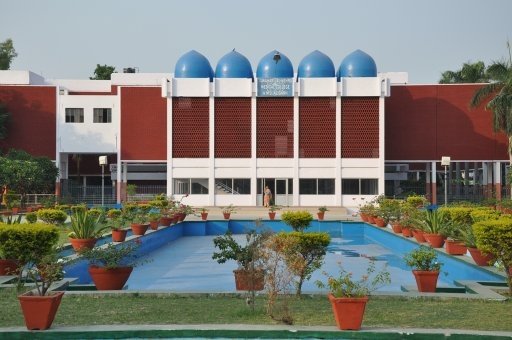As we head into the year 2020, a set of questions looms large over the globe. Are there social problems of the future that are “around the corner” from what we can see right now that may change the way we think about power, social problems, possible solutions and opportunities?Here is condensation of the year 2019 that unnerved the world, making biggest out biggest headlines.
January
WITHDRAWAL OF QATAR FROM OPEC
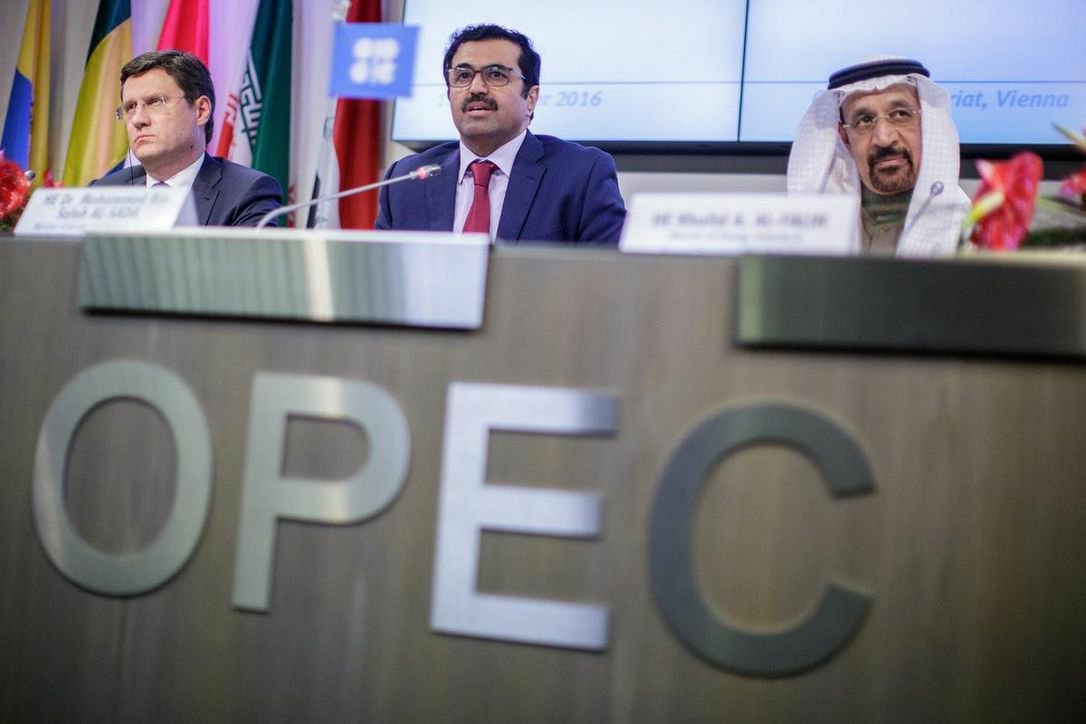
Saad Sherida al-Kaabi, the Gulf Nation’s Energy Minister announced the withdrawal of Qatar from the Organization of the Petroleum Exporting Countries (OPEC). The decision to quit the bloc of 15 oil-producing countries that account for a significant percentage of the world’s population was confirmed by Qatar Petroleum.
Since 2013, the amount of oil Qatar produced has steadily declined from 728,000 barrels per day in 2013 to about 607,000 barrels per day in 2017, or just under two percent of OPEC’s total output.
However, Sheikh Hamad bin Jassin Al Thani who is Qatar’s former Prime Minister called the withdrawal to be a wise decision.
February
PULWAMA ATTACK
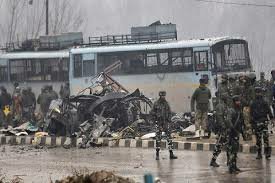
In the history of terrorist incursions, Pulwama Attack is among the deleterious in Jammu and Kashmir in which as many as 40npersonnels of Central Reserve Police Force (CRPF) were martyred. The incident of Pulwama attack took place on February 14th, 2019. Reportedly a human bomber pounded in the bus carrying over 100 kilograms of explosives into their vehicle in the district of Pulwama. Later, Jaish-e-Mohammed, a Pakistan based terrorist association declared the attack to be undertaken by them. On investigating police identified suicide bomber named Adil Ahmed who was working as a commander from Kakapora in Pulwama. The incident of major loss was mourned worldwide. It left many critically wounded.
The attack led to significant decisions and consequences and on 26th of February, Indian Air Force Fighter jets destroyed the major terrorist camps of Jaish-e-Mohammed across the LoC.
March
NEW ZEALAND MOSQUE SHOOTING

Not more than a month later the world witnessed another massacre. The Christchurch mosque shooting in New Zealand were two consecutive terrorist attacks at mosques in Christchurch during Friday prayer on March 15th, 2019. The terrorists invade first in Al-Noor Morsque and then continued the attacks in Linwood Islamic Centre. The whole act of killing and attacking was live streamed by the gun-man himself.
51 lives were lost and many were severely injured. Brenton Tarrant, a white supremacist and part of alt-right and the assassin was arrested with a charge of 51 murders and 40 attempted murders and engaging in terrorist attack. His trial is expected to begin in June 2020.
April
NOTRE DAME FIRE
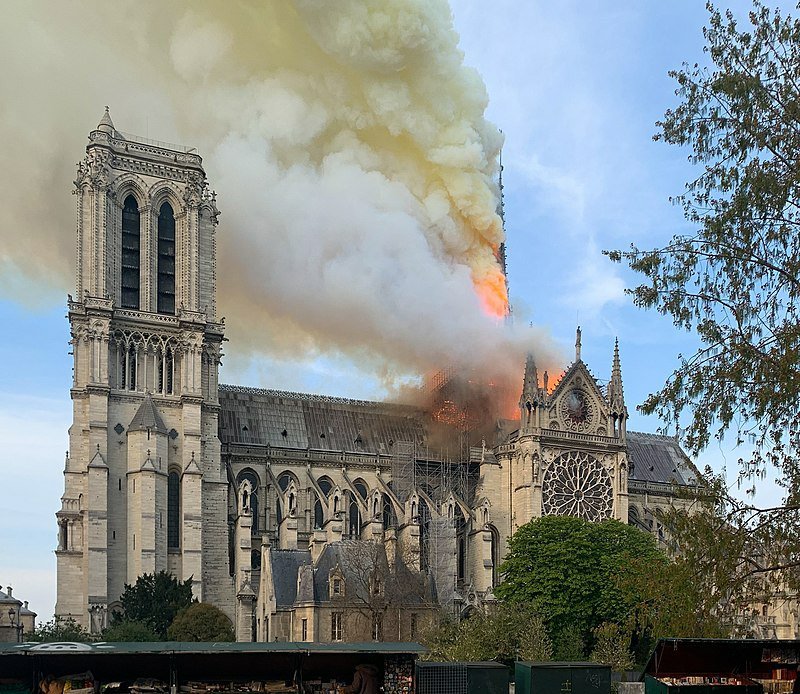
The mammoth blaze that tore through Notre Dame Cathedral in Paris destroyed the 850-year old landmark. Notre-Dame cathedral is one of the 12 century’s ancient structures in Paris. The spire of the edifice was rebuilt several times, most recently in 19th century. On April 15th, 2019, a structure fire broke out beneath the roof of the structure. The fire was so vast and destructing that it completely destroyed building’s spire and roof and upper walls before getting quickly extinguished. Extensive damage to the interiors was prevented by its stone vaulted ceiling. Many of the art and religious work was immediately pushed out to keep safe but even a larger suffered a lot of damage.
THE FIRST LOOK AT BLACK HOLE
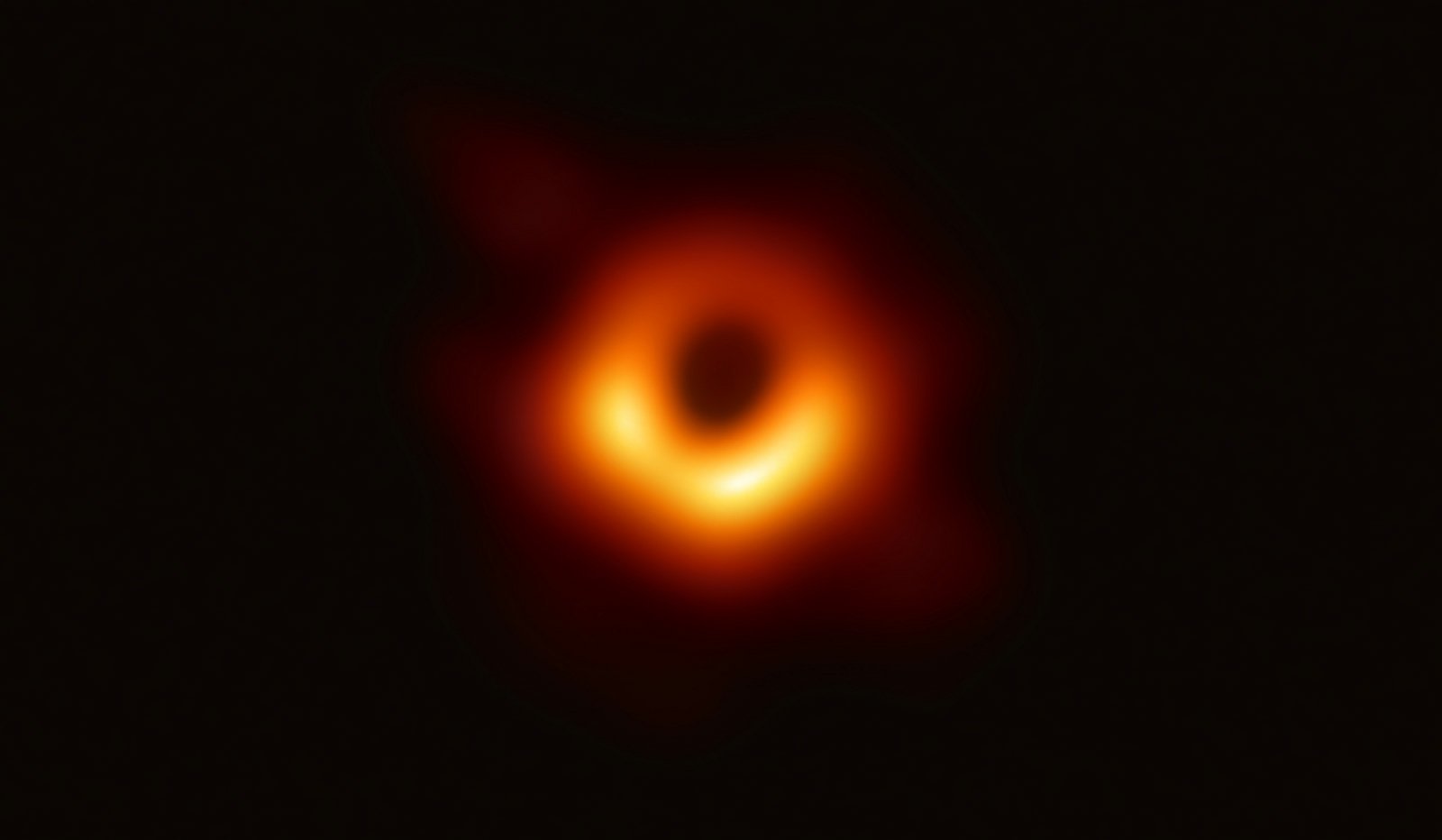
This spring also marked the greatest discovery of science when astronomers revealed the first image ever taken of a Black Hole. The picture was the successful conclusion the decades-long efforts. The image showed its first glimpse of the gas and debris the swirls around the object’s event horizon, the point beyond which material disappears forever. The discovery finally led the transformation of fiction into reality.
May
MODI 2.0
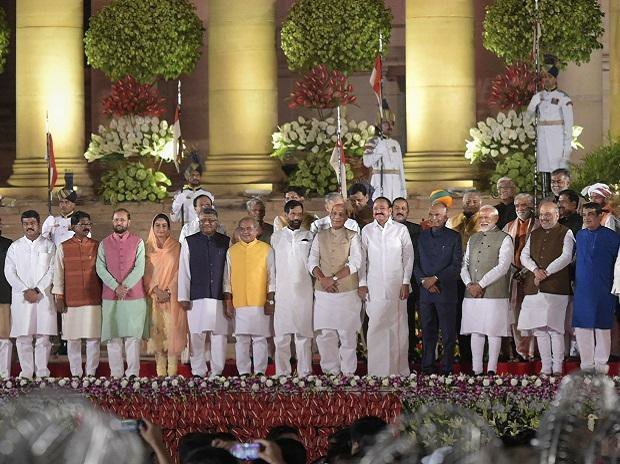
May 2019 marked with the biggest hit for Narendra Modi as his new dispensation began its secong inning in Delhi. The face of already ruling party BJP is none other than Narendra Damodardas Modi. Under the Modi wave BJP won 2014 “Lok Sabha Election” and various state elections. He undoubtedly established a compelling charm over major parts of the country. The opposing parties led by Congress had a humongous task of winning back the confidence of millions of Indians.
Consequently, the 2019 Indian general election was held in seven phases to constitute the 17th Lok Sabha. The votes were counted and the result was declared on 23rd of May. The Bhartiya Janta Party won 303 seats and the BJP-led National Democratic Alliance won 353 seats. The Indian National Congress won 52 seats, and the Congress-led United Progressive Alliance won 91 seats. Other parties and their alliances won 98 seats.
June
HONG-KONG PROTEST
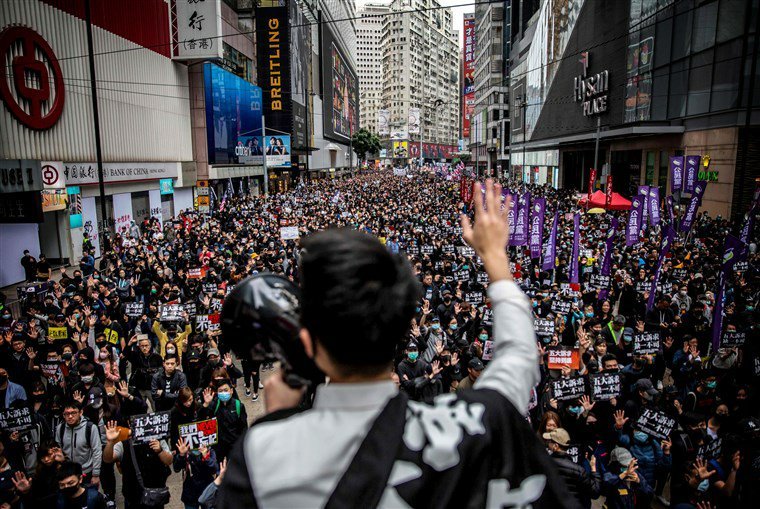
It all started with a bill. To the untrained eye, it was innocuous: a proposal that would allow China to bring indicted Hong Kong residents to the mainland for trial. But it drove millions into the streets and has resulted in the deaths of two people. Long history of abuse of Chinese human rights resulted in the protest. Under the rule of current Chinese President Xi Jinping the religious persecutions which began in the early 1950s spiked. The Chinese government claimed a particular group of people belonging to a specific religion community are receiving vocational training and was rounded up and imprisoned in interment camps.
To people living in so much oppression, Hong Kong seemed free. But this sparked immediate fear and outrage in Hong Kong Chief Executive since she had passed the extradition bill earlier that year. The bill was immediately withdrawn but it wasn’t enough. A vast protest emerged out which drew up five demands, including the resignation of Lam, an investigation of the city’s police force and increased democracy.
July
INDIA’S SECOND MOON MISSION- CHANDRAYAAN-2
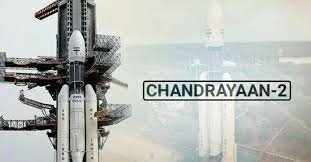
Chandrayaan-2 moon mission wass totally an indigenous mission. Earlier, Chandryaan-2 was decided to launch on 15 July, 2019 but due to some technical problem it was delayed. Finally, it was launched on 22 July, 2019 via GSLV-Mk-III rocket from Satish Dhawan Space Centre, Sriharikota. No doubt, the Chandrayaan-2 mission comes nearly 11 years after India’s first expedition to the moon in October 2008. Therefore, space agency said it is better to be delayed rather than any complications.
The primary mission of Chandrayaan-2 was to demonstrate the soft landing of the ‘Vikram’ lander on the South Pole of the Moon, operate the robotic rover Pragyan on the lunar surface, and get exciting images and data.
On September 7, during the last minutes of descent, the communication link snapped with Vikram when it was about 2.1 kms from the surface of the moon. However, after three days, the ISRO confirmed the sighting of Vikram through images beamed by the Orbiter. After initial hiccups with the launch, the ISRO achieved success when the GSLV MK-3 (Geosynchronous Satellite Launch Vehicle) propelled the payload into the destined orbit smoothly on July 22.
Next, it managed a series of neatly executed manoeuvres, all of which went smoothly, and the Orbiter reached the Moon’s orbit on August 20 as planned.
The third and crucial phase of the Soft Landing on the Moon turned into a hard landing.
August
SCRAPPING OF ARTICLE 370 IN JAMMU & KASHMIR
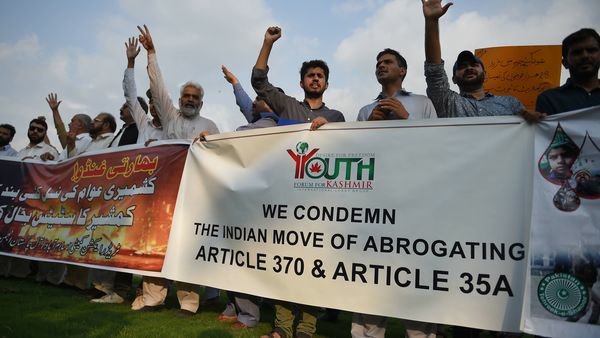
On 5th August 2019, the Union Home Minister of India, Mr. Amit Shah announced the abrogation of Article 370 and Article 35A of the Indian Constitution which granted the state of J&K special status.This led to the division of the union territory into two states- J&K (with legislature) and Ladakh (with no legislature). This decision garnered a lot of criticism by a large section of general population and the opposition. There have been mass protests organized in different cities in India in the next few months. Some have been in support of it and some opposing it. The current government has been criticized at a national and global level on the way the changes were implemented. It is considered as a hazard to the human rights.Major leaders of the popular political parties were house arrested. Internet and telephone services were revoked. Heavy troops were deployed all across the streets to curb any unrest or protests. Public movements were banned and schools and offices were shut. Such steps are considered an outright threat to the democracy. With no direct communication with the local residents of the Valley, the Government clearly denies any protests took place. However, certain media outlets confirmed that there have been protests. Also, forceful arrests are being taken to infuse fear in the locals so that no unrest outbreak.For more than five months Kashmir is in completely cutoff with the rest of the world. Gradually schools, shops and offices have opened. The internet services still remain suspended in the Valley- giving the longest lockdown in the greatest democracy in the world.
September
AREA-51 RAID
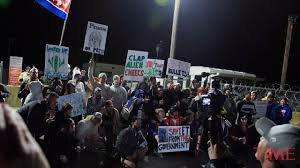
What makes them special, however, is their proximity to a top-secret US Air Force base, commonly known as Area 51. The mysterious military test area, long associated with UFO conspiracy theories, has cemented their place in alien folklore. Unlike most large-scale festivals, these events were not years in the making. Instead, they stemmed from an internet joke posted to Facebook just four months ago.In a whirlwind few months, the person behind that joke helped organised one of those festivals, which he now fears could be a “possible humanitarian disaster”. The name of the Facebook event was: “Storm Area 51, They Can’t Stop All of Us”. The plan, as the name implied, was to charge at the base in large enough numbers to bypass security.September 20th 2019 meant the big day for the followers of “Storm Area 51” raid that percolated earlier in the summers. And the attendees of the viral-Facebook-event-turned-Alienstock_music_festival was not disappointing. They came prepared with signs and plenty of support for the supposed extraterrestrial question that make the military base of Area 51 such an intriguing mystery too many.
October
TRUMP’S IMPEACHMENT
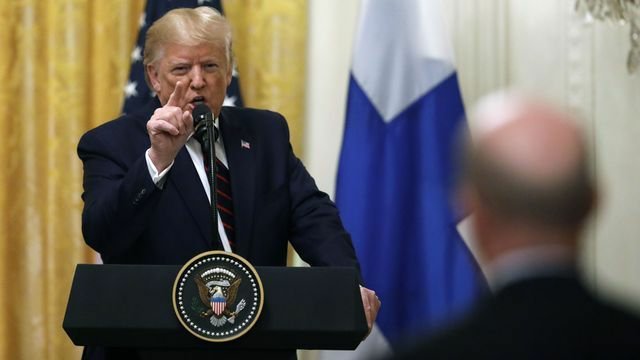
It all centres on whether or not he improperly sought help from Ukraine to boost his chances of re-election in 2020. Mr Trump became only the third president in US history to be impeached after two votes in the Democratic Party-controlled House of Representatives – but more on what that means below.
President Trump is accused of pressuring Ukraine to dig up damaging information on one of his main Democratic challengers for the presidency in 2020, Joe Biden, and his son Hunter. The president was accused of dangling two things as bargaining chips to Ukraine – withholding $400m of military aid to Ukraine that had already been allocated by Congress, and a White House meeting for Ukraine’s president. This, Democrats said, amounts to an abuse of presidential power, using the office for personal political gain and to the detriment of national security. Ukraine was using that money in its ongoing conflict with Russia.
To impeach, in this context, means to bring charges in Congress that will form the basis for a trial. The US constitution states a president “shall be removed from office on impeachment for, and conviction of, treason, bribery, or other high crimes or misdemeanours”. It’s important to note this is a political process, rather than a criminal one.
November
INDIA’S LONGEST RUNNING LAND DISPUTE: AYODHYA
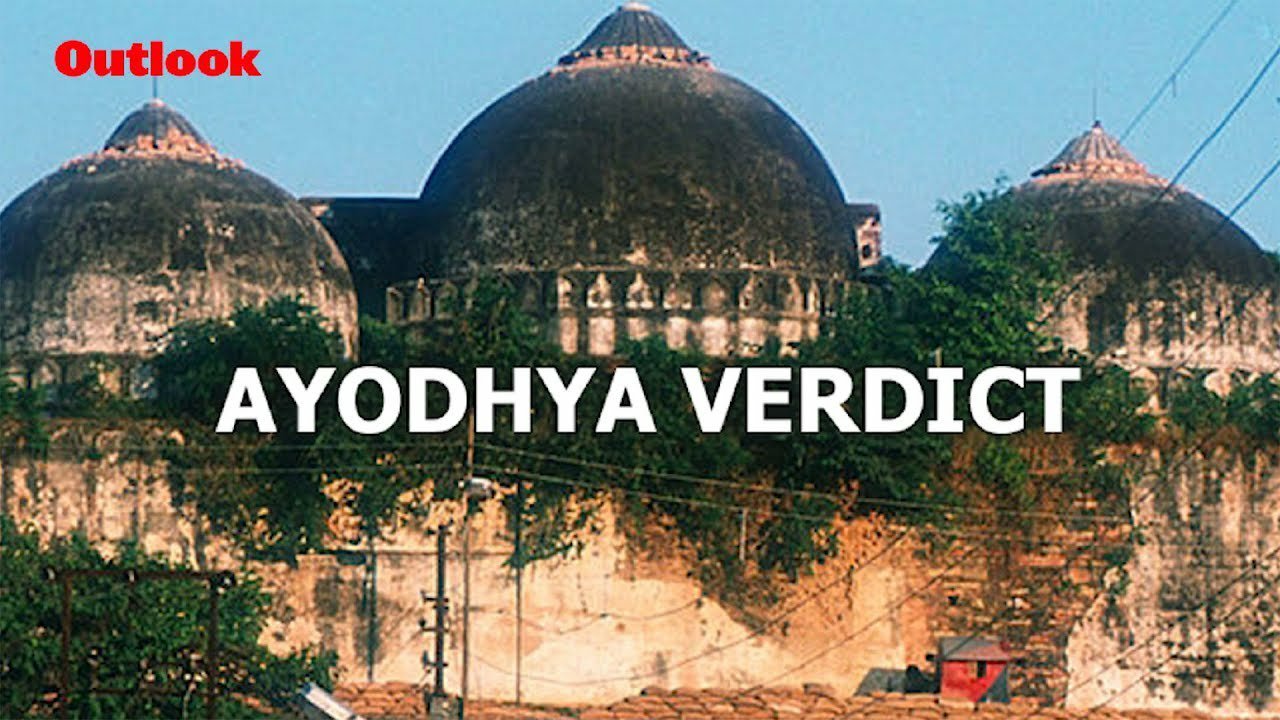
One of the longest-running battles in India’s legal history has just concluded. The first case in the Ayodhya title dispute was filed 134 years ago. Over the decades, it has wound its way up through the legal hierarchy, starting from Faizabad Civil Court to Lucknow Bench of the Allahabad High Court to the Supreme Court, even as India went from being a colony ruled by the British to an independent republic, with its own fault lines.
The Supreme Court gave the much-awaited verdict on Ram Janmbhoomi – Babri Masjid land dispute case. Yhough this verdict, the Apex court cleared the way for construction of a Ram Temple at the disputed site at Ayodhya and directed the Centre to allot a 5-acre of land to Sunni Waqf Board for building mosque. It is one of the most anticipated and most important judgement in Indian history. The constitutional Bench headed by Chief Justice Ranjan Gogoi put an end to the more than a century-old dispute that has torn the social fabric of the nation.
December
CITIZENSHIP AMENDMENT ACT
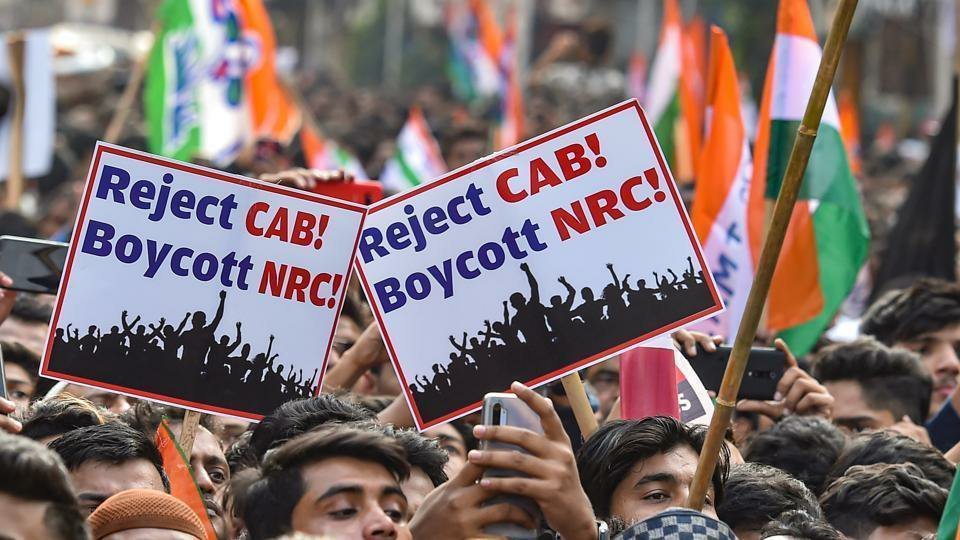
The unabated wave of nationwide protests against the Citizenship (Amendment) Act (CAA), the National Register of Citizens (NRC) and, more recently, the National Population Register has proven to be a most interesting turning point in India’s democracy. When the Bharatiya Janata Party (BJP)-led National Democratic Alliance government scored a political point by getting the Citizenship (Amendment) Bill passed smoothly, it had not anticipated what would follow. The opposition parties, too, were taken unawares by the deep ferment that had been building up against the legislation.
The protests initially were confined to the north-eastern States but the game plan fell apart as protests spilled over from one State to the other, with widespread participation from all communities, including those that stood to benefit from the sectarian CAA. The CAA provides for the legalization and naturalization of citizenship of illegal migrants from Hindu, Christian, Jain, Parsi, Sikh and Buddhist communities who, as religious minorities, had fled persecution from three countries, namely, Pakistan, Afghanistan and Bangladesh. Apart from being openly sectarian and ultra vires of the Constitution vis-a-vis the core principle of equality of all persons, the Bill conveniently ignored the claims of many other refugees from other neighboring countries who had made India their home.
Students, including those from elite universities, management schools and the Indian Institutes of Technology, came out in support of the protests and against the CAA. The message was loud and clear: discrimination would not be tolerated and the right to protest peacefully in democratic India was sacrosanct.




